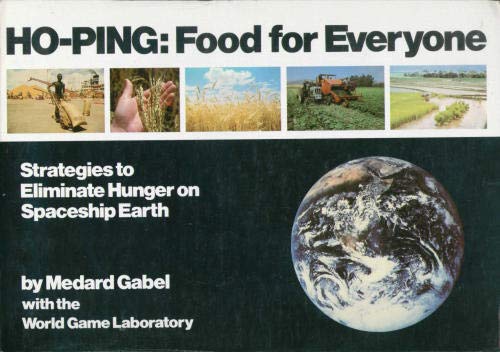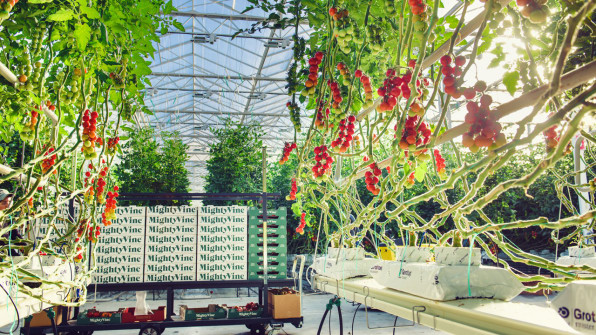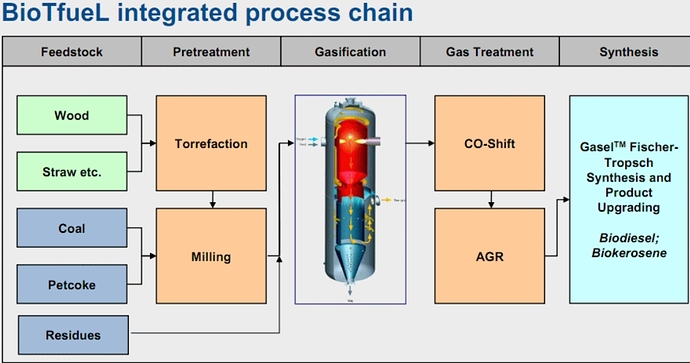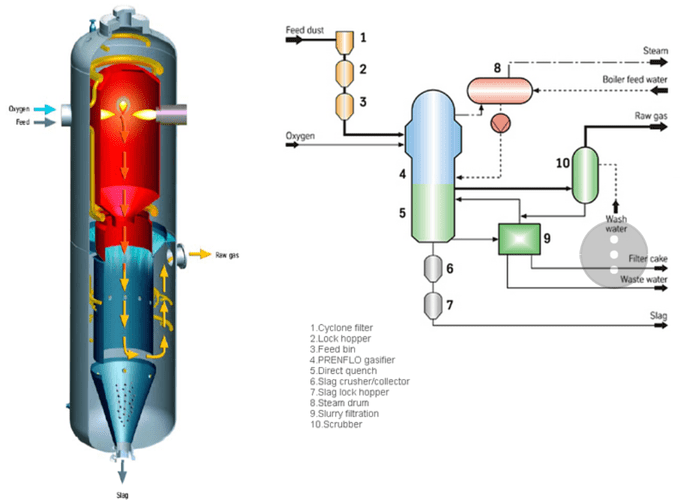Good job HenryB. pulling this back to personal using wood approach. I too do this all alone. That sets the scale. And IMHO Scale of these things matters much.
Since you say that you firewood, grow a bit’o beans and do some DIY electrical generating.
Good deal. A nice centrist/practical-ist approach.
Firewooding for heat power give much experiences and what-it-will-take perspectives. Every year lots of opportunities to fine tune for less wood use and cleaner burning. My tall, tall chimney on a very steep pitched secondary roof challenges me to never, ever soot/creosote it up; then need major scaffolding building.
I final condition dry down a 12-24 hours worth of wood boxed down low in the incoming air circulation at both sides of our corner installed woodstove. To most this would be scary close. Do have to watch the fuel wood for heating as it dries down!! Using this up first. Replace, rotated, with new outside cold-damp wood.
For starches growing here it has come down to drying beans and drying peas as the only long term storage possibilities. And the wife buys outlet stores bags of the premium polished rices. Beans&Rice can be done a hundred different ways.
I just found the recipe for rice flour pasta’s! We free-range hatch out our own chickens for the pasta eggs.
We stay grid tied too. That give a nice, reduce-use, feedback in $'s. And I generate as I wish, and want. Never again a 3-6 weeks bad storm blew trough and waiting for the lines to be restored here ever again. The “game” then to IC engine electrical-generate is to do the same as with the firewood: craft down to minimum fuels-use. And that electrical energy making fuel be, after a week or two, to be the same wood that we would heat with. Wood to keep the food refirgerators and freezers, safe-store cooling and freezing down.
Actually GaryT my macro-fail intent was to point out that too many never take a reasonable centerist approach and even make anyhting for themselves. Fool themselves that world-saving is more important.
And the micro-fails do not ever make anything for themselves either. Delaying until they reach would reach a perfect from the molocule-by-molocule up, understandings.
One thing you can be sure of is in all of the climate/ecological/societal Fails been quoted here it IS the been-doing-it’s who will be the ones who come through. Some Mayans did come through. Some Easter Islander’s did come through. Nordic immigrant Greenlander too stubborn set to keep eating non-native pigs unable to learn from the adapted in Inutit’s to eat whale. Icelandic immigrants learned to adapt, and made-do. Icelandic, volcanoes, earthquakes, ice storms, floods and all.
I like reading Jerod Diamond too. Have all of his books - all bought used, cheap, second hand.
But . . . he never says what to do at any practical moving forward level for individuals. Personally LIVES in the L.A. California basin, too crowded, states around, resources sucking whirlpool. Do you really think he has the daily doing-practicality to come through a 50-90% fall down event like their gonna come 9.0? Nope. Like in the latest N.C and S.C massive slow flooding events that have gone on, and on, and on. Daily Doer there will come through and make out.
Too many fears-writers and fears-movie makers. A new set every 10 years or so. And they never hands-on offer true daily use practical solutions. The Lindsey husband and wife team. Micheal Moore and Al Gore.
Read instead E.F. Shuemachers works. H.B. Kain’s. The Dali Lahma. These guys all give hope through personal doing it actions.
Regards
tree-farmer Steve unruh


 fooling myself and delaying until i got all my molecules straight…
fooling myself and delaying until i got all my molecules straight… 


